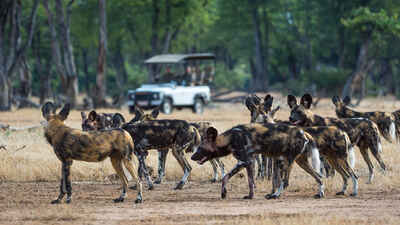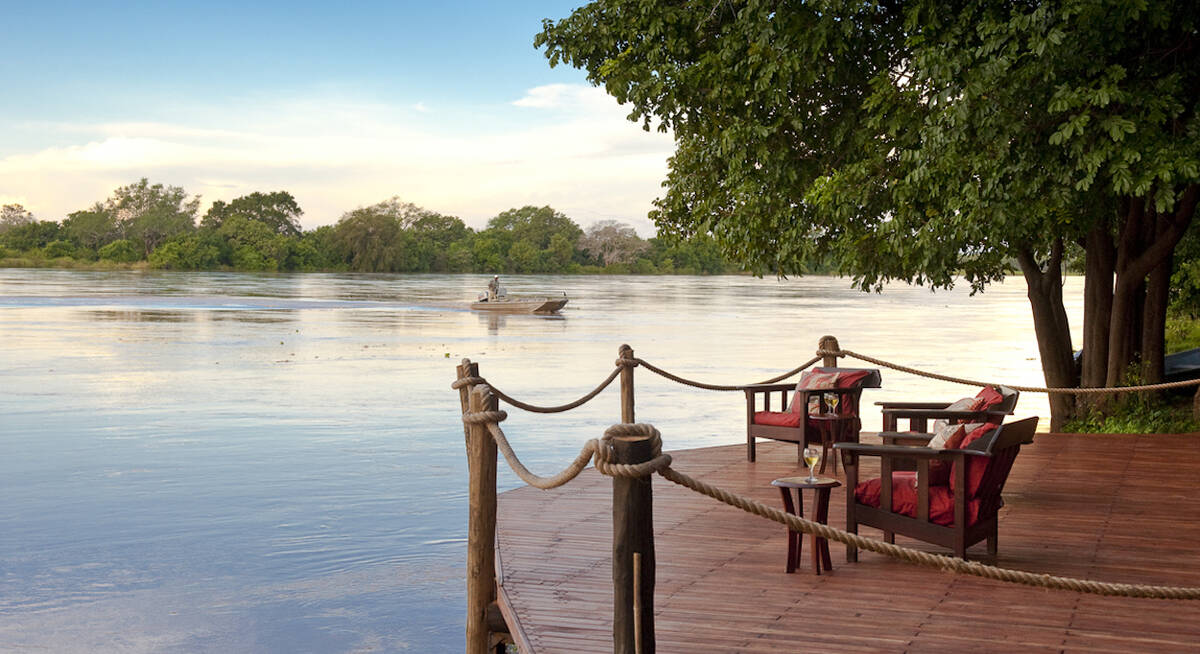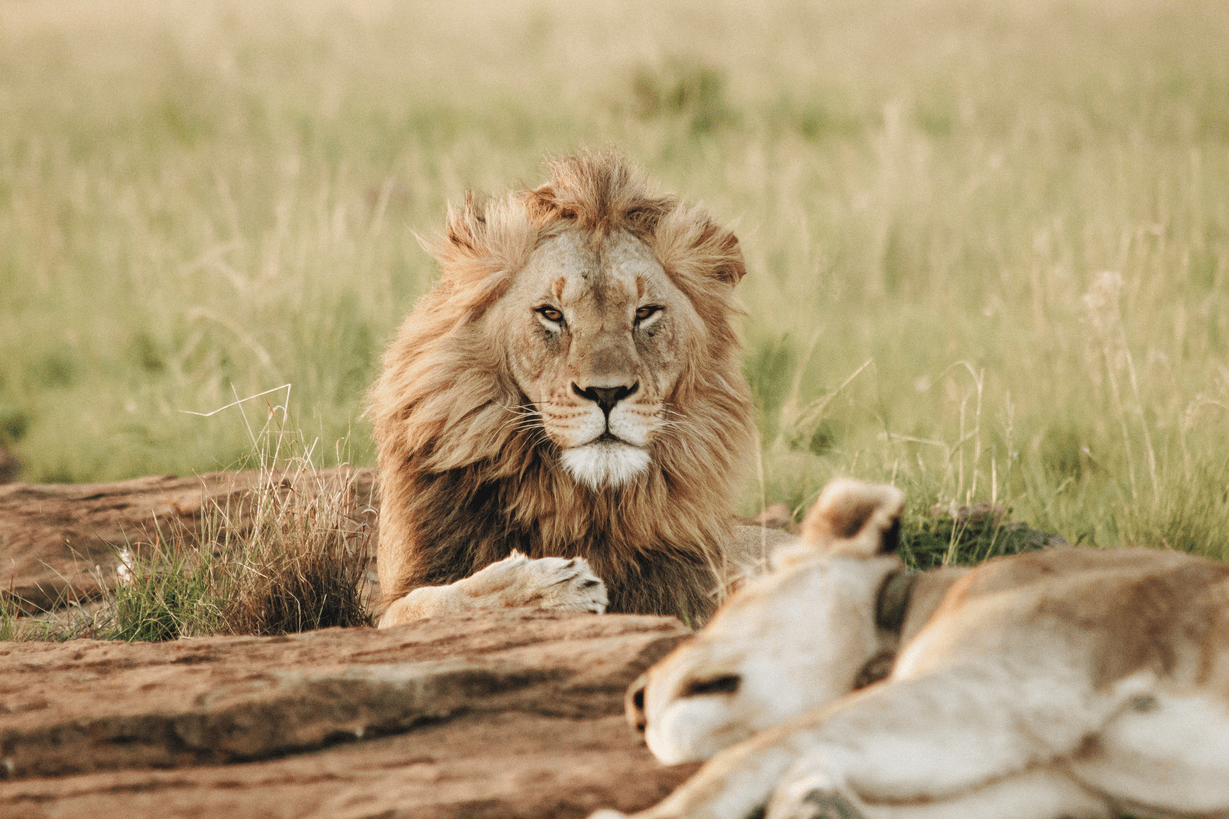Where to see wild dogs in Malawi
African wild dogs are among the continent’s most compelling animals. Much misunderstood, these rare, tie-dyed canids are amazingly efficient hunters with a fascinating social life.
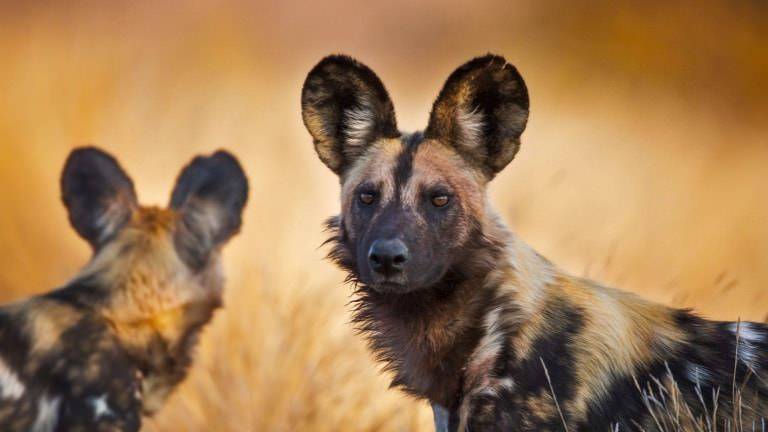
Quick facts about Wild dog
| Scientific name: | Lycaon pictus | Habitat: | Savannah & woodland |
|---|---|---|---|
| IUCN status: | Endangered | Adult weight: | 20–36kg |
Malawi offers excellent habitat for the African wild dog and the species was widespread until persecution saw it eradicated during the last century. In 2021, conservation charity African Parks joined the Malawi Department of National Parks and Wildlife in an ambitious reintroduction programme. Six wild dogs from Mozambique were released in Majete Wildlife Reserve and another eight from South Africa in Liwonde National Park. These were the first wild dogs to roam wild in Malawi for 60 years. They soon settled and numbers increased, but tragedy struck in 2023 when the entire Liwonde pack was lost to a mass poisoning incident – proof of just how vulnerable this species remains. The Majete pack, thankfully, is doing well.
1.9–5.2kg
Daily meat consumed
±60%
Kill success rate
10
Average litter size
8–10 weeks
Pups abandon den
Best areas to see wild dogs in Malawi
African wild dogs wander widely and so are often hard to track down. If you find them, stay with them: they are typically unconcerned and you may witness a hunt.
Malawi: wild dog hot spots
Currently, the only reliable place in Malawi to see African wild dogs is Majete Wildlife Reserve in the south-west. Wildlife in this 70,000-hectare reserve was severely depleted until African Parks took over management in 2003. Several large mammal species were subsequently reintroduced, including black rhino, lion, elephant, cheetah and – in 2021 – wild dog. The original pack of six adults, brought from neighbouring Mozambique, has since grown to at least 15. Sightings are not guaranteed as the dogs often frequent inaccessible, wooded parts of the reserve. However, guests at one of the lodges may get lucky, with the odds likely to improve as the population becomes more established. Elsewhere in Malawi, wild dogs occasionally turn up unexpectedly: in 2023 three individuals were caught on camera trap in Vwaza Marsh Wildlife Reserve, in the north.
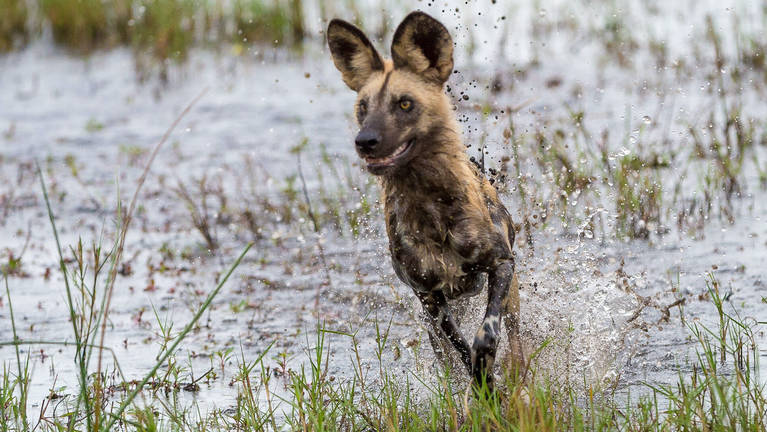
Our best Malawi holidays for wild dog sightings
Based on our travellers' reports, these ideas for Malawi safaris are likely to give the best wild dog sightings
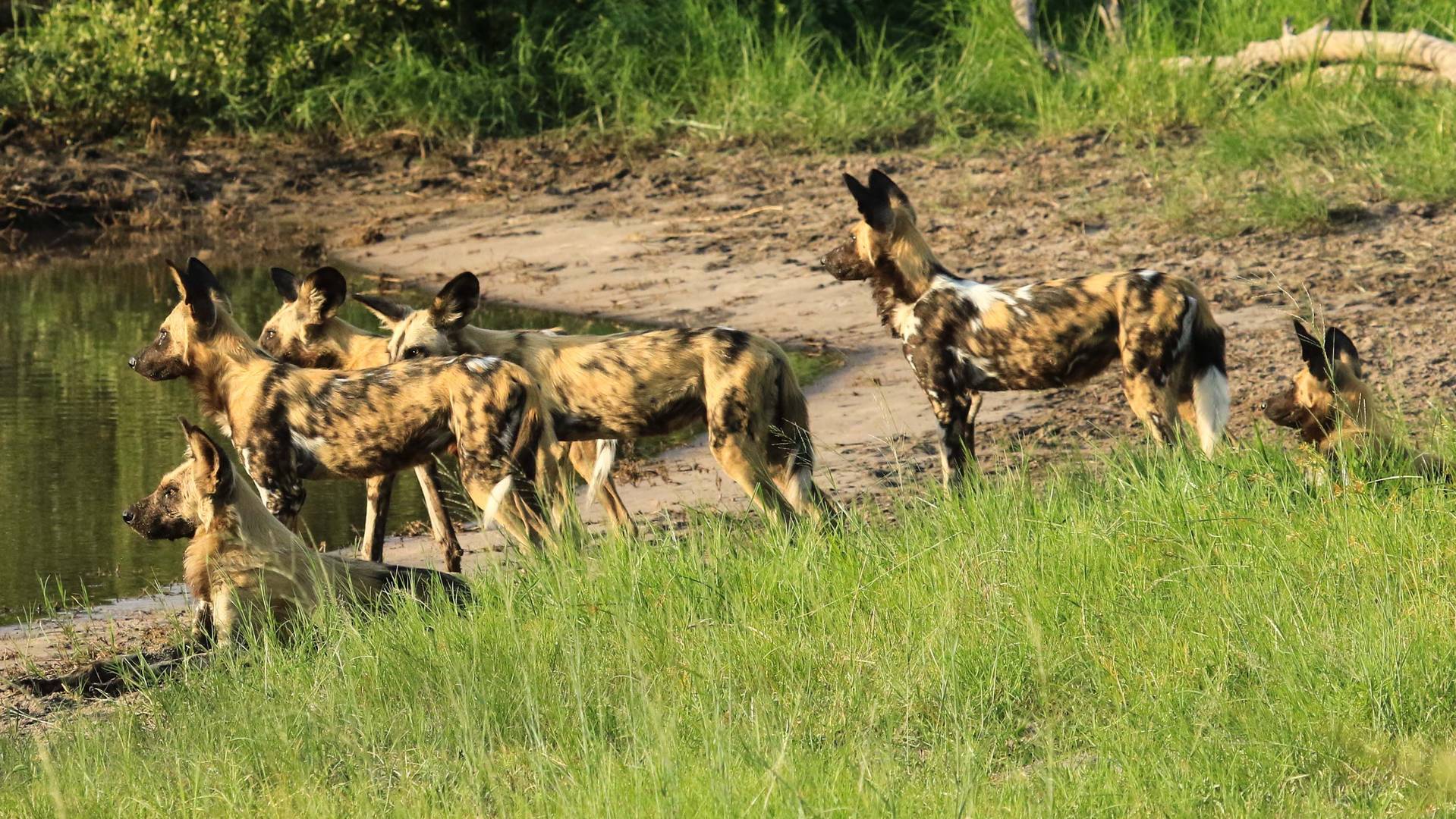
More information about wild dog in our other destinations
Click here for detailed information about wild dog in other countries, including the places for sighting wild dog.
